I have recently started studying computer organisation and found that in most of the books the design of computer system is not discussed beyond functional design abstraction level (as shown in the figure)
I want to know what is the procedure to physically implement functional design of a entire computer system (cpu+memory+I/O+system bus) into actual hardware (PCB)?
Thanks!
Fig. functional design of a computer (just for illustrative purpose)


